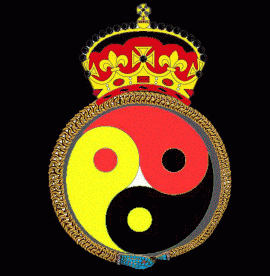Why That Name?
We came into this setup gradually, starting with an executive model (CEO/COO), then a military model (CO/XO), then a Special Forces Model. We use the military model because we are both quite familiar with, and comfortable in, that environment. It has a traditionally hierarchical organization without, in its best iterations, implying that one is better than another and one is absolutely in charge. It has a number of tools that are useful for planning and organization, including METT-T and 5 paragraph OpOrders, etc. It gives a structure to use without having to invent one.
The Special Forces Addition was a more recent one. Our external mission was clearly education. This matched well with the US Army Special Forces mission. They are also all high-level professionals and work in a more cooperative, informal method. I picked 22/23 for live-in/remote members because those are the numbers for the British SAS Regiments, Active and Territorial respectively. I am both a historian and somewhat of a traditionalist.
“Prince Commander” and “Prince’s Own” are also unusual. Prince Commander came from Chanteuse’s title for me. Sir and Master already have meanings in other parts of our life, so we adapted “My Prince” from Barsoom. The military model offers much but is not very reciprocal in its model of oaths. Fealty is also something with which we are familiar and comfortable so we included it to be explicit that there is duty in both directions.


Recent Comments